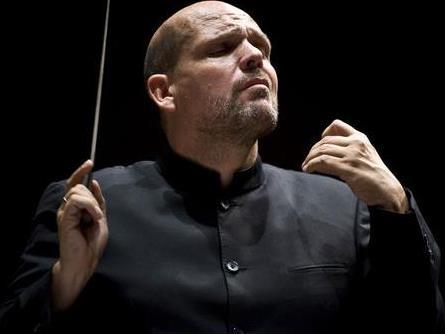From the first note to the last, there was little doubt as to the quality and professionalism of the Hong Kong Philharmonic Orchestra. They richly deserve the stellar reputation that preceded them and with an outstanding new piece of music to debut from Dr Fung Lam and soloist Ning Feng, there was little to criticise in this program of unblemished virtuosity.
Lam’s Quintessence, commissioned to mark the Hong Kong Philharmonic Orchestra’s 40th anniversary, offered a strikingly contemporary beginning to the program. Its focus on wind and percussion, with restrained and dramatic use of short string bursts draws you immediately into an intense sensation of vivacity. These higher-pitch moments of ambience create an almost-corporeal tensile connection between the piece’s separate passages. In amongst this there were still the sweeping string passages one might more typically find in Chinese classical composition. Lam’s true brilliance, though, lies in how he weaves the classic with the contemporary to produce a piece of music that speaks directly to the inherent dynamism of a life, the unity that flows throughout lived experience.
Mozart’s Violin Concerto Number 4 brought the sublime virtuosity of soloist, Ning Feng, and conductor, Jaap van Zweden together in a remarkable synergy. Van Zweden’s gentle and understated expression of the concerto provided the immaculate accompaniment to Feng’s expressive, lush solo performance. It’s a piece of music full of joy but more of an inwardly savoured joy than the shout-from-the-rooftop variety. Central to this is the marvel of Feng’s execution, which allows that exact experience – one must simply sit back and enjoy.
The program’s final piece was Mahler’s Symphony Number 1, a bold and interesting choice from van Zweden. Despite the lengthy period of time Mahler took to compose his first symphony, it was not well-received and it wasn’t until the piece was shortened by dropping the fifth movement that it gained popular acceptance. One can understand the objections the early iteration attracted. The third and fourth movements in particular certainly test both listener and player. To make no criticism of the players, there is a degree of drawn-out ambling that remains and may not be to everyone’s taste. Its reception would give little credence to such a concern though and any iota of tedium was banished by a stirring rendition of Wagner’s Flight of the Valkyries.
The only minor criticism can be directed at the arrangement of the program with the high intensity Quintessence opening and the more complex and demanding Mahler closing, instead of the other way around. But even this is likely to be a matter of taste. There is little if anything to fault in the music or direction itself – a nigh-perfect performance from one of the leading orchestras in the world.
4 ½ out of 5 stars
The Hong Kong Philharmonic Orchestra
Conductor: Jaap van Zweden
Hamer Hall, Arts Centre Melbourne
4 May 2017





